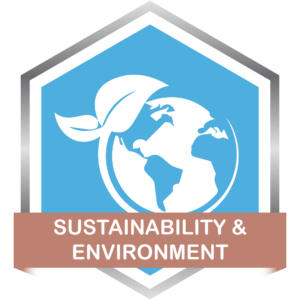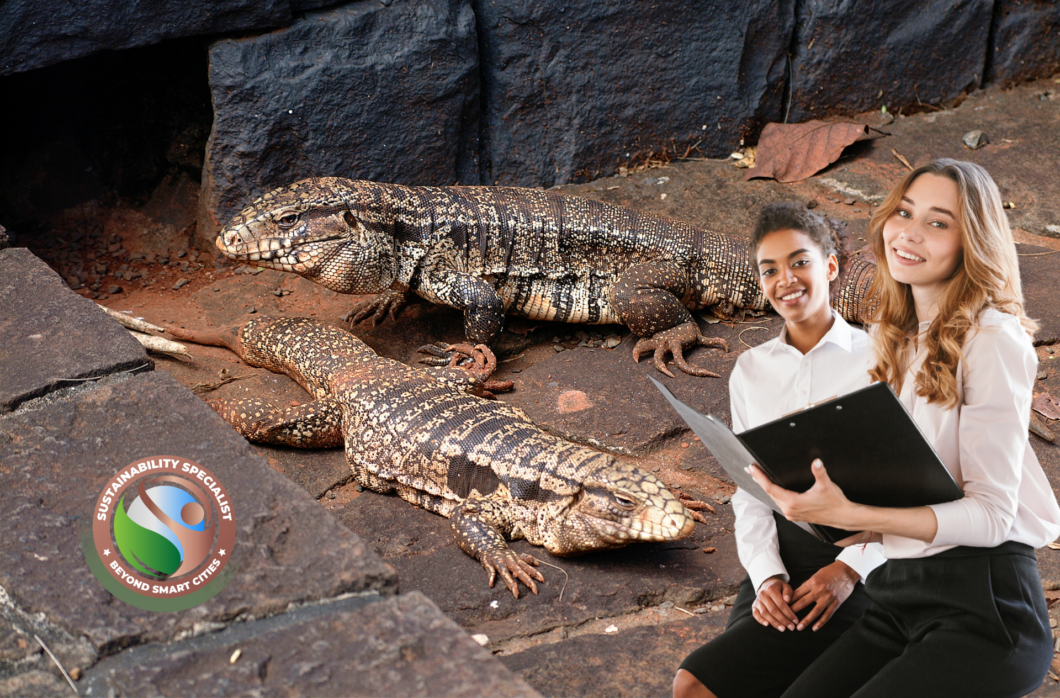Biodiversity Preservation Plan – BPP
The Biodiversity Preservation Plan – BPP is an unique effort to provide awareness about environmental issues from the Construction , Sustainability , Infrastructure development and construction environment Management perspective. It is expected that after going through the course, learners will have a comprehensive idea about the issue and biodiversity areas .
Individuals play a crucial role despite the fact that large-scale changes in behavior, policies, and measures to protect biodiversity will be essential. Reducing consumption patterns can begin with conscious decisions about the food we eat, the products we purchase, and the services we employ.
Combating the biodiversity crisis will require cooperation at all societal levels, from intergovernmental agreements to community action at the local level. Individuals can play a role in establishing institutions and electing leaders that protect biodiversity. Reconnecting with nature and encouraging others to do so can help individuals learn more about local ecosystems, respect and value them.
Consumers can influence what they purchase and use in their daily lives. Certain commodities, such as cotton, have an outsized impact on biodiversity. In many regions of the world, there is also excessive consumption of meat with a high environmental impact, especially beef. Those who have savings and pensions have the option to invest in ways that benefit rather than harm biodiversity.
Krishnaji Pawar, the CEO and founder of Beyond Smart Cities, is in charge of creating the Biodiversity Preservation Plan (BPP) training course.
specialises in developing sustainable design strategies for Green Building Certification Systems (LEED, GSAS, ACP, ISO 14001:2015, etc.), Energy Management, Energy Efficiency, Energy Audit, Building Commissioning, Environmental Impact Assessment, and Environmental Management Systems.
Environmental science and sustainability courses address the challenge of balancing short-term human needs with the long-term health of environmental systems. Topics include conservation, environmental policy, agriculture, sustainability, pollution, Biodiversity and climate change.
Learning Objectives
- Biodiversity Protection Plan (BPP) overview, scope, and goals
- vegetation and habitat mitigation
- Fauna Protection
- Ecological fragmentation minimization
- Habitat compensation
- tree removal/relocation.
- Spiny-Tailed Lizard Relocation
- Conservation
Who Should Attend This Course ?
- This training helps Environmental Managers, Engineers, Consultants, and Contractors identify and apply the best Construction Environmental Management Strategies.
- Environmental professionals interested in CEMPs and EIAs (EIAs).
- Environmental management and audit beginners.
- Civil, construction, and site engineers
- Engineers seeking Environmental Professional certification.

Key Takeaways
- The Biodiversity Preservation Plan (BPP) course was carried out over a half-day session, and the aim of the course was to give the professionals the implementation, development,development and understanding of habitat conservation and preservation for any project or development.
- Review the various areas of environmental management and implementation during construction.
- This training programme helps prepare attendees to develop, understand, and implement habitat preservation plans for Middle East projects.
Reducing what we waste and throw away can play a part in lowering pollution levels and the over exploitation of natural resources. Huge amounts of food is wasted and by repairing rather than replacing electrical items, and getting more use out of the clothes we already own, consumers can have a positive effect on biodiversity that could also save us money. Delivering information to consumers about the environmental impact of products is another option. New rules introduced in 2021 in the EU requires manufacturers of electrical goods such as fridges, washing machines and televisions to make them easier to repair – the “right to repair”.
We can strengthen our connection to the natural world and develop a deeper appreciation for the ecosystems that surround us if we spend more time outside. It is possible to strengthen our connection to the natural world and bring about long-term behavioral changes in future generations through the practice of educating children about local ecosystems and native wildlife.

